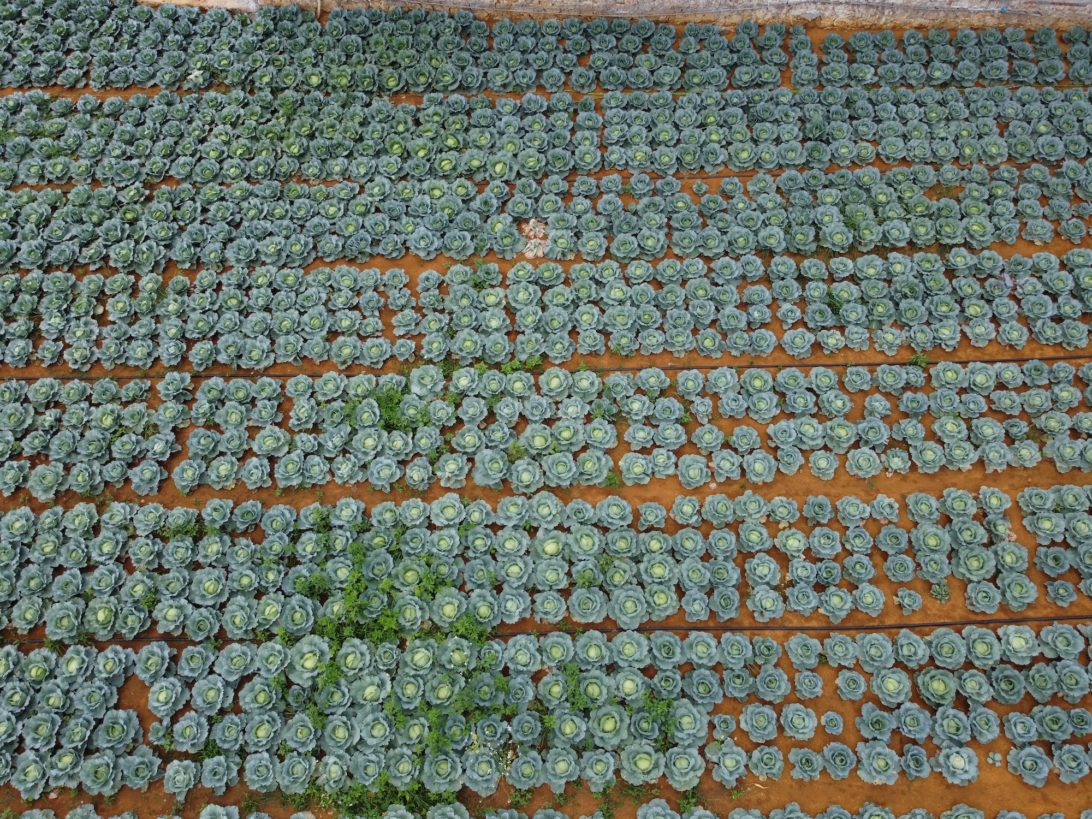
Inside of our work at experimentation agronomy can be found at found at the search constant from improvement at at production agricultural, combining the experience at the field with the latest technologies. Los objectives are clear and comprehensive.
Agriculture is facing a crucial shift from chemical-intensive practices to more sustainable methods. This transition seeks to maintain competitiveness and quality in agricultural production while preserving the environment and natural resources.
Agronomic innovation becomes essential in this scenario. We need appropriate techniques that allow the evolution towards more efficient practices. sustainable, competitive and environmentally friendly. Technology plays a key role in this evolution, providing tools to improve the quality of our products and services. efficiency and cost control.
Agriculture 4.0 is envisioned as the future, where connectivity, smart sensors and data analytics enable accurate planning, waste reduction and improved traceability in the supply chain. We are at the forefront of this change, providing solutions that not only address today’s challenges, but also pave the way for a more sustainable and efficientagricultural future .
To offer these services based on these innovative techniques, we rely on state-of-the-art facilities, backed up by the knowledge and experience of our technical team. These facilities include:
These facilities and technologies represent our commitment to excellence and innovation, providing our customers with advancedsolutions backed by the highest technical and scientific quality.